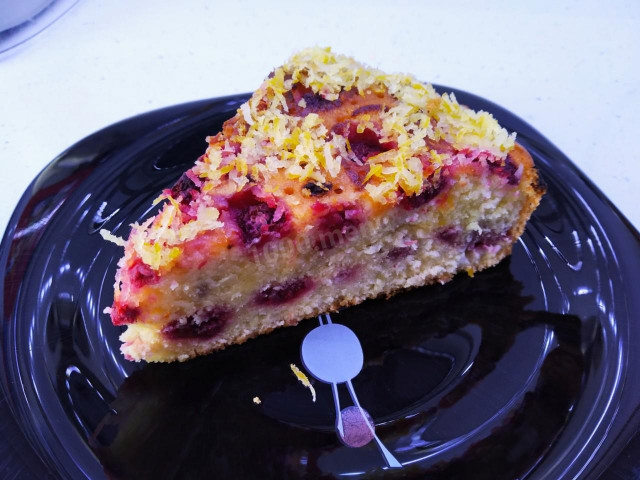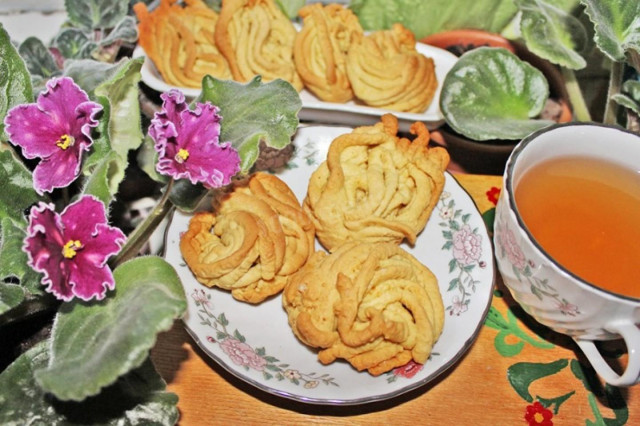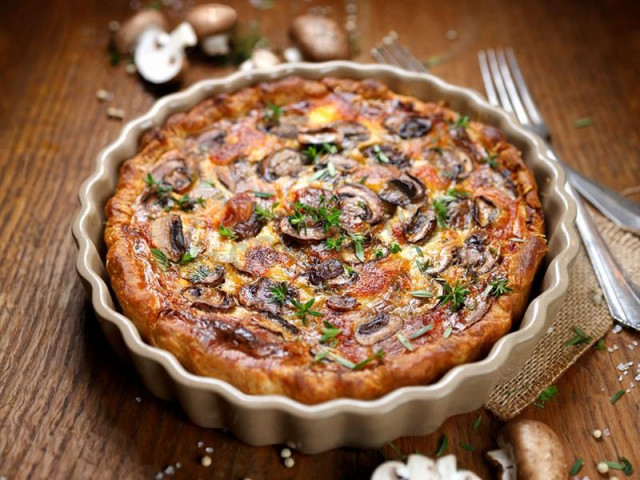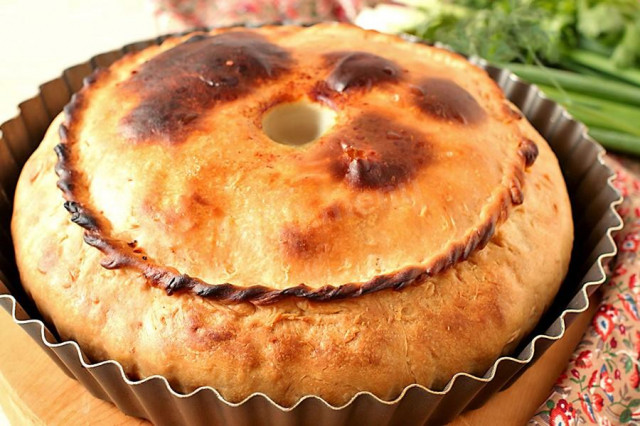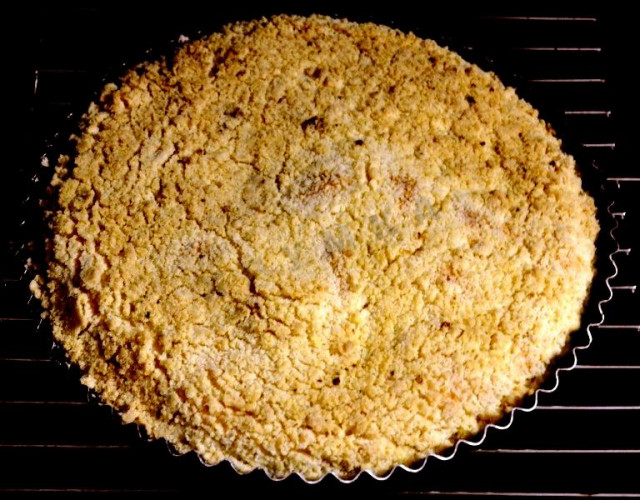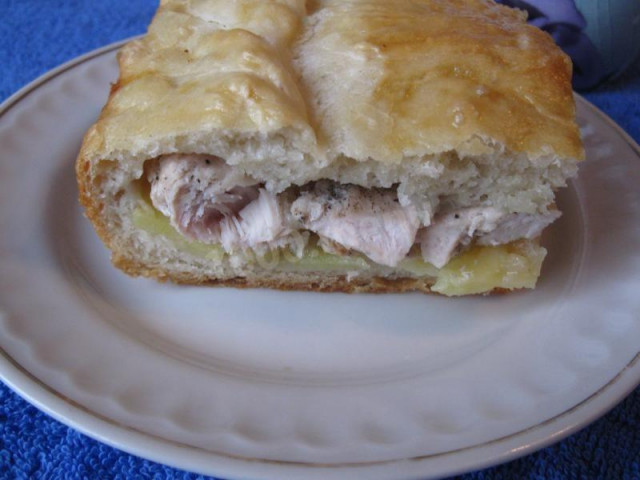Composition / ingredients
Cooking method
1. Beat the butter with sugar.
2. Mix the eggs one by one.
3. Add flour with baking powder and vanilla in parts.
4. Put half of the dough in a form of Ø24 cm .
5. Put half of the raspberries on the dough.
6. Lay out the second half of the dough.
7. Lay out the remaining raspberries.
Bake at 170 °C ~ 50 min. Readiness to check with a toothpick, it should come out dry.
8. Next, while the cake cools down, prepare the impregnation, for which pour boiling water over the lemon zest and dissolve the sugar.
9. Pierce the cooled cake on the surface with a toothpick.
10. Pour the impregnation.
Can be served to the table. Bon Appetit!!
According to the botanical classification, the raspberry fruit is not a berry, but a multicost. It consists of several dozen fused bones (fruits with pits) attached to a white conical peduncle and assembled around it into a rounded head. After it matures, it is easily separated from the flowering plant.
The calorie content is low (41 kcal per 100 g). Rich in vitamin C.
Are used in medicine. Raspberry syrup is used as a sweetener for medicines, and raspberries brewed with boiling water are a popular diaphoretic, the effect of which doctors explain by the action of hot water, with which it is diluted, as well as by the fact that the drinker is then wrapped up. Raspberry jam is also credited with an anti-cold effect. In general, folk medicine attributes raspberry anti-inflammatory, antiseptic, antipyretic, expectorant and antiemetic effects.
Zest (from ital. cedro — citron) is the outer colored layer of the pericarp of fruits of various citrus fruits (flavedo) — orange (Citrus aurantium), lemon (Citrus limonum), orange (Citrus sinensis), mandarin (Citrus nobilis) and grapefruit (Citrus paradisi).
It contains glandular receptacles containing essential oils that cause the aroma of fruits. The zest is used in confectionery and liquor production. The zest has a bittersweet fruity aroma, a slightly cloying taste.
For culinary use, the zest is separated from the underlying white loose layer, after which it is dried and ground (or pounded) into powder. The zest is considered ready when it becomes brittle. Dry all kinds of zest should be spread out in a thin layer on a flat plate for two to three days at room temperature, turning it over daily.
In cooking, lemon zest is used more often than others. It is added to dishes of meat, fish, poultry, fruits, vegetables. It is also included in the composition of soups — both cold (okroshka, beetroot) and classic (borscht, cabbage soup, ear). It is impossible to imagine various desserts and pastries without zest: buns, biscuits, cupcakes, charlottes, mannikins, sweet puddings, ice cream.
Caloric content of the products possible in the composition of the dish
- Chicken egg - 157 kcal/100g
- Egg white - 45 kcal/100g
- Egg powder - 542 kcal/100g
- Egg yolk - 352 kcal/100g
- Ostrich egg - 118 kcal/100g
- Raspberry - 42 kcal/100g
- Fresh frozen sweet raspberries - 50 kcal/100g
- Granulated sugar - 398 kcal/100g
- Sugar - 398 kcal/100g
- Butter 82% - 734 kcal/100g
- Amateur unsalted butter - 709 kcal/100g
- Unsalted peasant butter - 661 kcal/100g
- Peasant salted butter - 652 kcal/100g
- Melted butter - 869 kcal/100g
- Water - 0 kcal/100g
- Wheat flour - 325 kcal/100g
- Vanillin - 288 kcal/100g
- Baking powder - 79 kcal/100g
- Lemon zest - 47 kcal/100g

